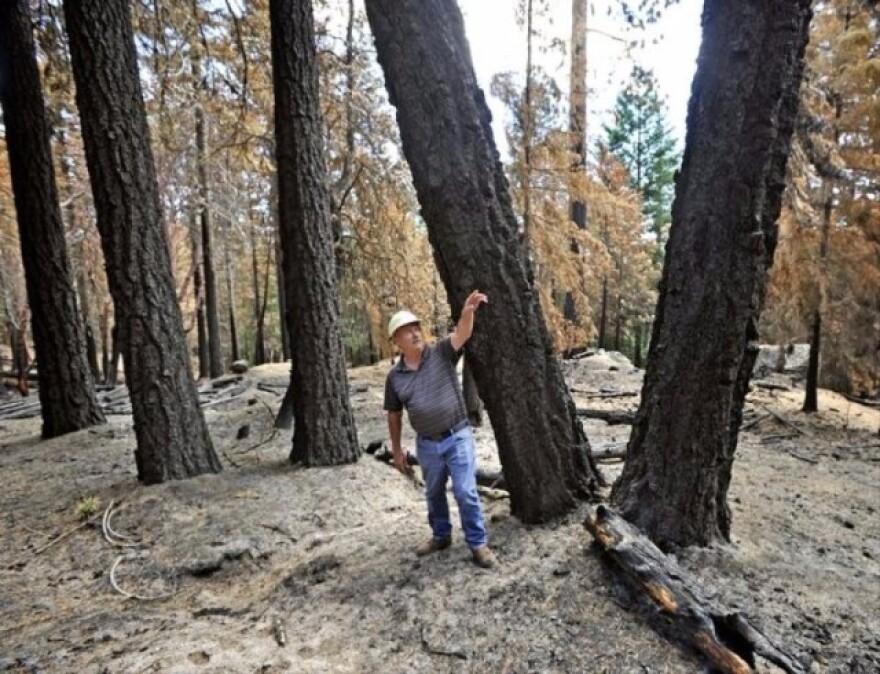A reddish patch of forest land high above Ashland is a scarlet example that, when it comes to burning, foresters still have some learning to do.
The 65-acre patch intentionally set off June 6 as part of the Ashland Forest Resiliency Stewardship Project burned hotter than intended, resulting in scorched portions of the forest canopy and an unknown number of dead or dying trees that the controlled burn was supposed to enhance, authorities said.
Those dead trees include some large “legacy trees” whose progress has been under study here in the Rogue River-Siskiyou National Forest near Horn Gap, in an area visible to hikers and mountain bikers on Forest Service Road 400 along the No-Candies Trail — and even to motorists on Interstate 5.
“We got more scorched trees than we wanted,” said Don Boucher, Ashland Forest Resiliency Stewardship Project manager. “Some will live. Some will die.”
Read more at the Medford Mail Tribune.


